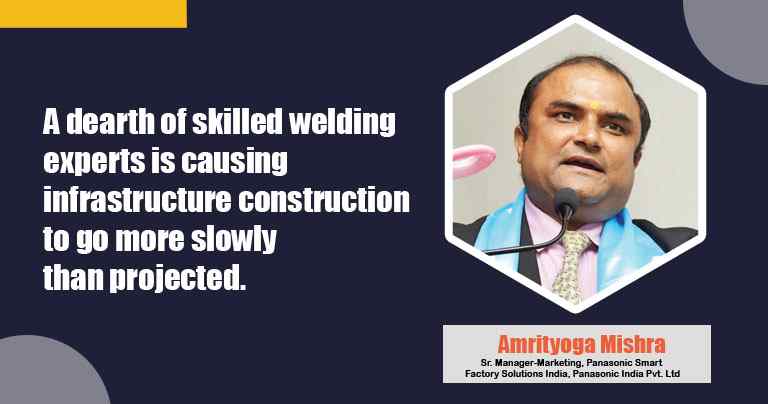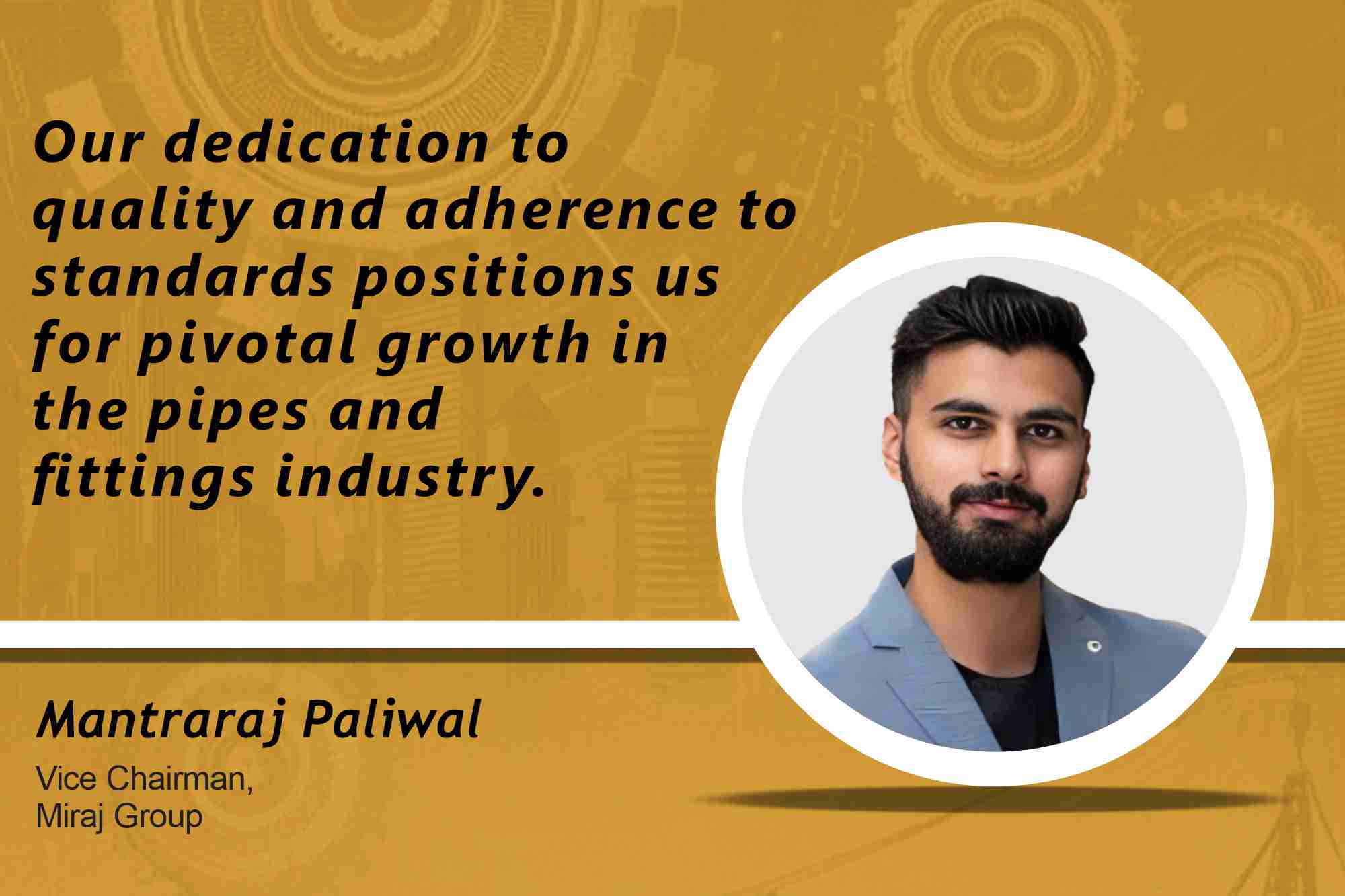Infrastructural growth is a mandate to propel India’s development
By Edit Team | November 12, 2021 12:28 pm SHARE

Amrityoga Mishra, Sr. Manager-Marketing, Panasonic Smart Factory Solutions India, Panasonic India in an interaction with B2B Purchase.
How did you successfully manage your business in Covid times? What were the key drivers?
COVID-19 was a profound shock to Indian business like elsewhere in the world. There were many business challenges, and the most critical of them was keeping in touch with customers. We maintained contact with customers through online trainings. Customers also appreciated our training programs, for which they had time to enhance their knowledge of the latest welding technology and welding process improvement.
The key driver was maintaining regular contact with customers and using this time to enhance their knowledge of welding productivity improvement. Other actions we took included tracking industry segment-specific investments and planning how to deploy our resources accordingly. And implement the action plan after attaining normalcy.
How do you evaluate the recovery in the welding and cutting market so far?
The market is bouncing back very well. Market sentiments are now optimistic about economic growth. Many pending infrastructure projects are now back on track. The automotive sector is doing very well, except for the current shortage of semiconductor chips. Oil and gas projects are now slowly coming back to normal. Overall, the welding market recovery is better than earlier expected.
What are the significant factors impacting the productivity in your sector?
There are mainly two factors which need to be urgently addressed in the welding sector. First, an acute shortage of a skilled welding workforce (welding operators and welding engineers) is resulting in a slower than expected speed of infrastructure creation. The infrastructure sector is highly responsible for propelling India’s overall development and thus enjoys intense focus from the government. And second, the slow adoption of the latest welding technology in India is also creating issues in letting India become an export hub for welded components. Panasonic is making its contribution to Indian industry by organising several skills up training programs and conducting workshops on the latest Japanese welding equipment technology to enhance the Indian industry’s competitiveness.
What kind of policy, regulation, or investment support is required for the market revival?
As explained earlier, India is facing an acute shortage of a skilled welding workforce and this is resulting in slower than expected infrastructure creation. Most of the government institutes that produce welding operators and welding engineers are still using outdated equipment to train their students. The government of India and state governments should invest in the latest technology in welding equipment and robots to enable students to become quickly employable in the market. Typically, government training institutes purchase equipment through the tender system, with the lowest bidder receiving a purchase order. Also, such parties supply outdated equipment to institutes and then forget about it. Instead of buying once and forgetting it, the government should form a long-term technical knowledge partnership with equipment suppliers.
Can technology and digitisation be a key factor in driving your sector’s growth?
Yes, digitisation in welding is growing day by day. Panasonic also has many digital solutions for welding applications. Let us name one by the name, “IWNB” (Integrated Welding Network Box). IWNB collects, records, and analyses welding robot data digitally.
There are many features as following:
- Visualise the robot’s status, whether the robot is running, idle, on hold, or under breakdown. We can also check the robot error status in real time.
- Visualise the average cycle time per job for each robot.
- Traceability entails being able to trace back the parts and process parameters.
- The error history log.
Cookie Consent
We use cookies to personalize your experience. By continuing to visit this website you agree to our Terms & Conditions, Privacy Policy and Cookie Policy.




































































